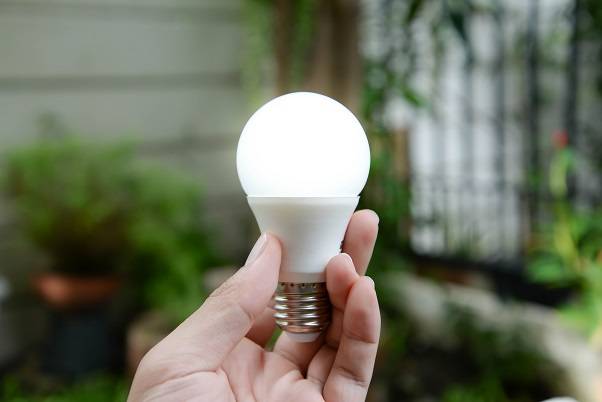The rapid advancement of technology has revolutionised our homes, and we’ve come a long way in the last few years — our homes are smarter and more efficient than ever.
Smart thermostats have emerged as one of the key components of modern smart homes, allowing homeowners to easily manage their heating with more control than ever before. As we peer into the future, it's interesting to speculate on what smart thermostats will look like in 25 years.
So many exciting, potential innovations could reshape how we interact with our heating systems and enhance energy efficiency in our smart home forever, but which could be our reality, and which are just science fiction?
Artificial Intelligence And Machine Learning Integration
In the next 25 years, smart thermostats will likely harness the power of artificial intelligence (AI) and machine learning algorithms.
These intelligent smart home systems will adapt to homeowners' preferences and behaviour patterns, optimising heating controls to match individual comfort levels whilst minimising energy consumption. The smart thermostat of the future could learn from the occupants' habits and continuously fine-tune settings for maximum efficiency.
Total Home Integration
In the future, smart heating controls could play a pivotal role in complete home integration, connecting and communicating with other smart devices and appliances throughout the house.
This synergy will create a synchronised environment where temperature adjustments, lighting, and even security systems work harmoniously to enhance comfort and energy efficiency without you having to lift a finger.
Environmental Sensing And Weather Prediction
To further enhance efficiency, future smart thermostats could incorporate advanced environmental sensing capabilities that analyse room conditions like humidity, air quality, and occupancy, to optimise heating controls for comfort and energy savings.
They could even go one step further and leverage weather prediction data to pre-emptively adjust indoor temperatures based on upcoming weather conditions. How cool would that be?!
Augmented Reality Interfaces
Gone will be the days of pressing buttons or using smartphone apps to adjust thermostat settings. The future smart thermostats may utilise augmented reality (AR) interfaces, allowing users to interact with virtual controls projected onto walls or surfaces — just like you see in the science-fiction movies of today.
This intuitive and immersive experience will make adjusting temperatures a seamless part of our daily routines and create the ultimate smart home.
Biometric Integration
Incorporating biometric data into smart thermostats could take personalised comfort to the next level in the next 25 years.
The smart thermostats of the future may use biometric identifiers like facial recognition, wearable devices, or even human microchips to adjust settings according to individual preferences, ensuring each occupant experiences their perfect indoor climate at home.
The future of smart heating controls is nothing short of fascinating! With the integration of artificial intelligence, total home connectivity, environmental sensing, augmented reality interfaces, and biometric features, smart thermostats will become indispensable components of futuristic smart homes.
By continuously learning and adapting to occupants' behaviours, these intelligent devices may be able to enhance comfort and significantly contribute to energy efficiency and sustainability, proactively tackling the climate crisis — one smart thermostat at a time.
Want to get a headstart on the smart home revolution? Learn more about the smart home technology that we offer at Wiser here.







